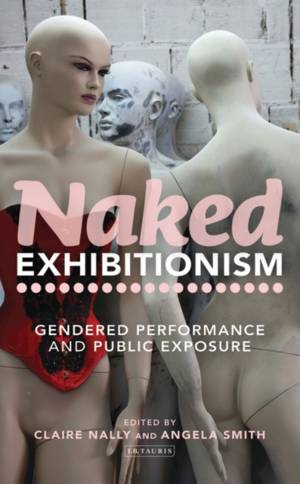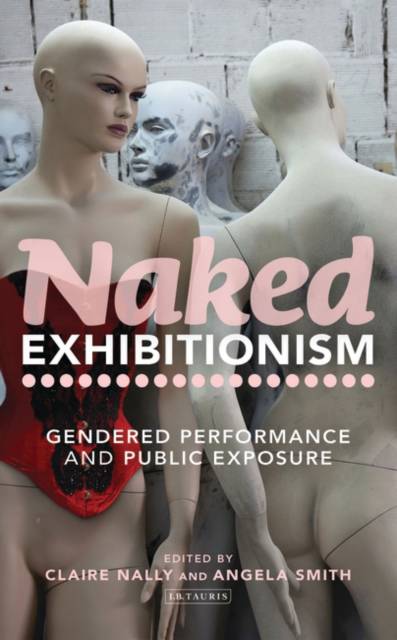
- Retrait gratuit dans votre magasin Club
- 7.000.000 titres dans notre catalogue
- Payer en toute sécurité
- Toujours un magasin près de chez vous
- Retrait gratuit dans votre magasin Club
- 7.000.000 titres dans notre catalogue
- Payer en toute sécurité
- Toujours un magasin près de chez vous
Naked Exhibitionism
Gendered Performance and Public Exposure
Description
What does it mean to be naked in public? Approaching this question from across the disciplines, this book examines the evolution of female exhibitionism from criminal taboo to prime-time entertainment. Taking an interdisciplinary approach which brings together all fields of popular culture, including literature, media, film and linguistics, Claire Nally and Angela Smith offer an examination of gendered exhibitionism from the mid-twentieth century to the present day. They ask whether bodily exposure provides the liberation it professes to or restricts our most secret selves to the sanitised realm of socially-sanctioned gender roles. From the art of burlesque as a riotous kingdom of the imagination to reality TV which helps women to unearth their 'true' and buried feminine selves, Nally and Smith explore how the critical history and theory of exhibitionism intersects with the wider movement towards gender equality. Examining effects of second-wave feminism to problematise the naked female form, female and gender-transgressive performers from Bette Davis to Dita von Teese are placed in their cultural context.
In order to demonstrate that female exhibitionism reamins at the heart of popular culture, this book also examines the works of Peter Ackroyd and the controversial playwright Sarah Kane, uncovering the contradictions behind evolving representations of public exposure. Within a post-feminist framework, the cultural constructions behind the repackaging of female exhibitionism are explored and the prominence of bodily exposure in popular culture examined, along with the implications of those artists who perform gender as a public masquerade. Finally, hit TV shows 'Ladette to Lady' and 'How to Look Good Naked' are interrogated to expose the buried contradictions behind this public unveiling: are women seizing control of their own identity, or is this revelation an illusion? Innovative, unflinching and pertinent, 'Naked Exhibitionism' explores naked bodies in the public gaze and critically reformulates the feminist and cultural debate around the performance of gender.
Spécifications
Parties prenantes
- Editeur:
Contenu
- Nombre de pages :
- 208
- Langue:
- Anglais
- Collection :
Caractéristiques
- EAN:
- 9781848858527
- Date de parution :
- 19-03-13
- Format:
- Livre relié
- Format numérique:
- Genaaid
- Dimensions :
- 140 mm x 216 mm
- Poids :
- 385 g






